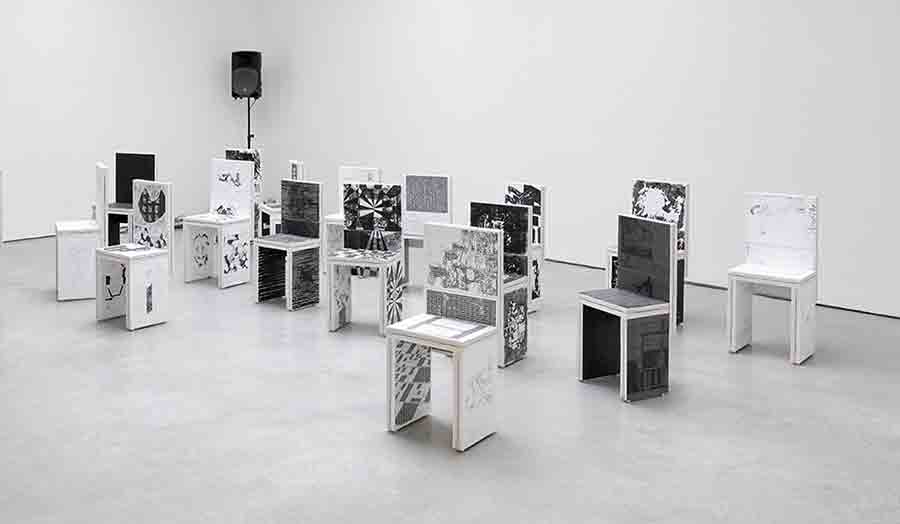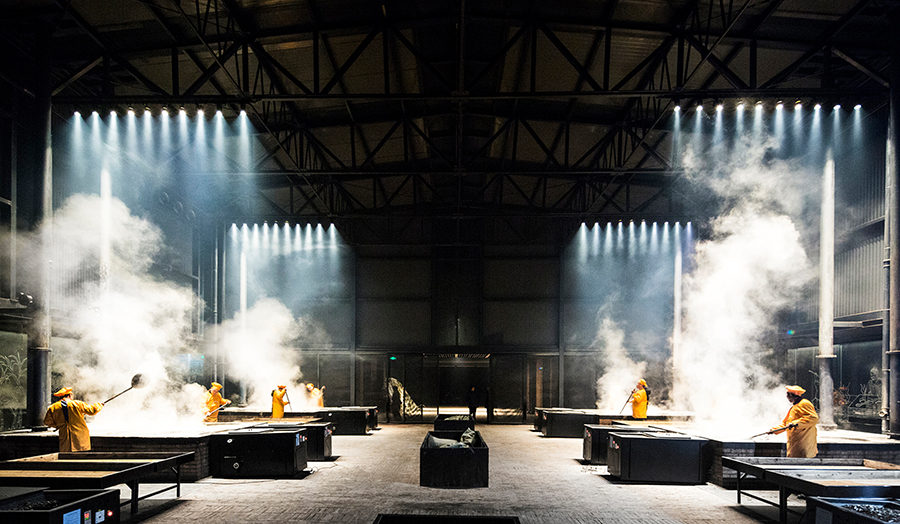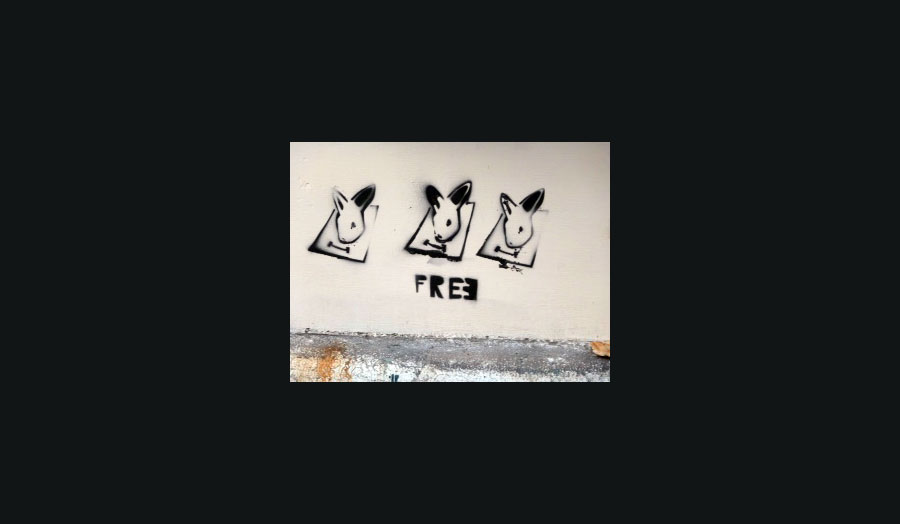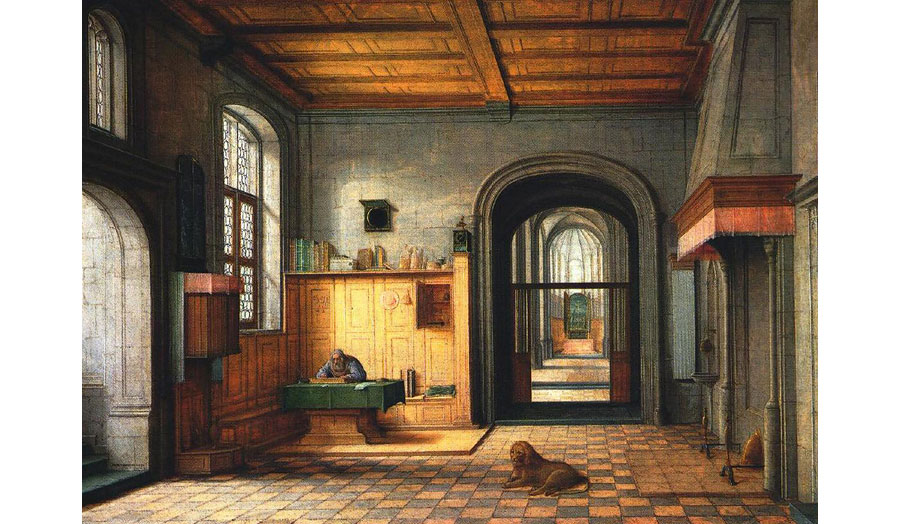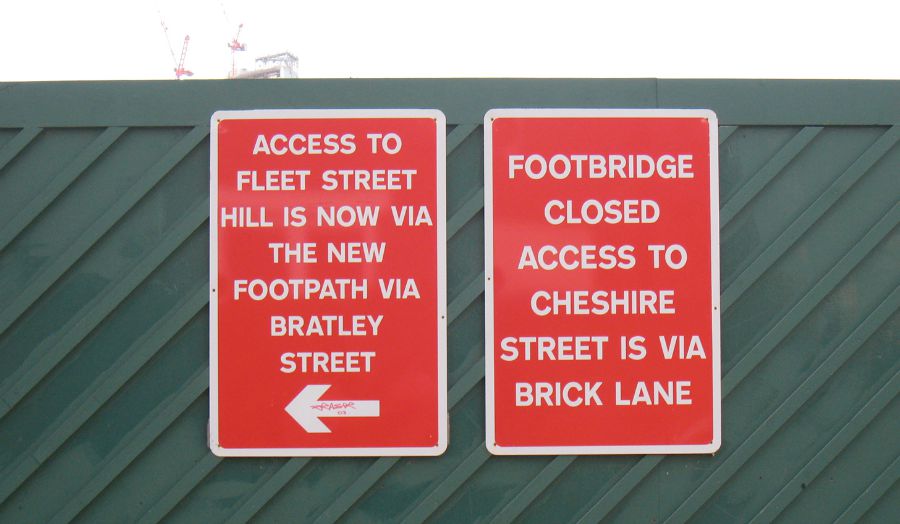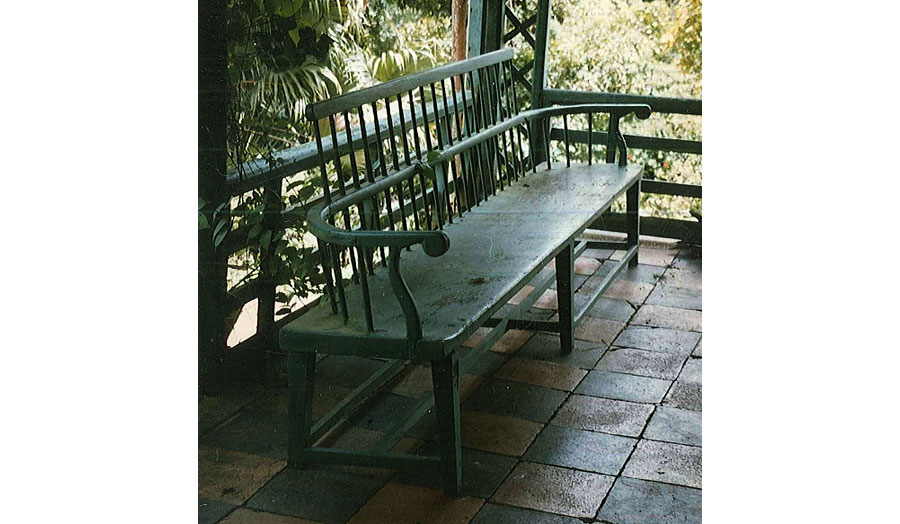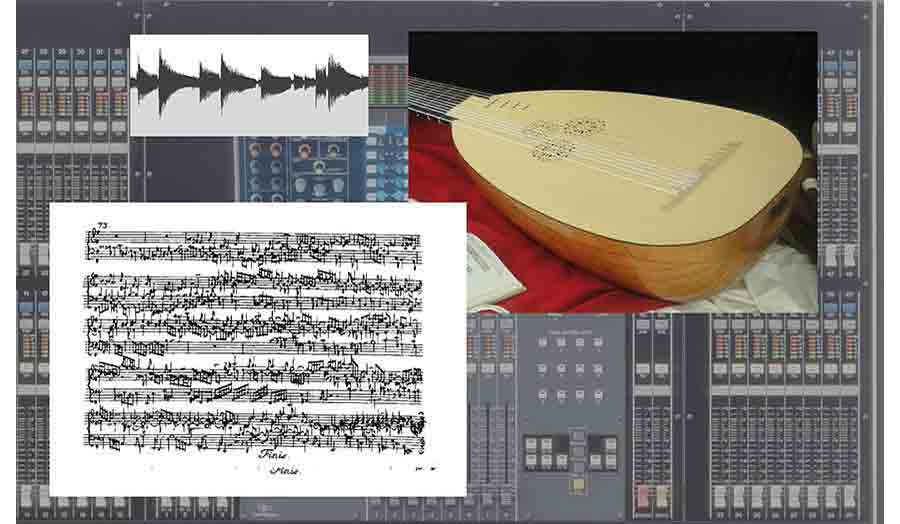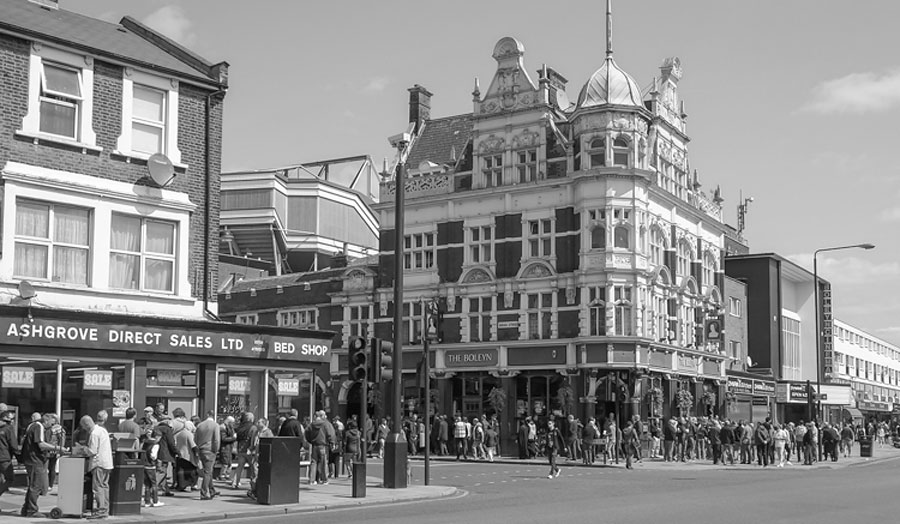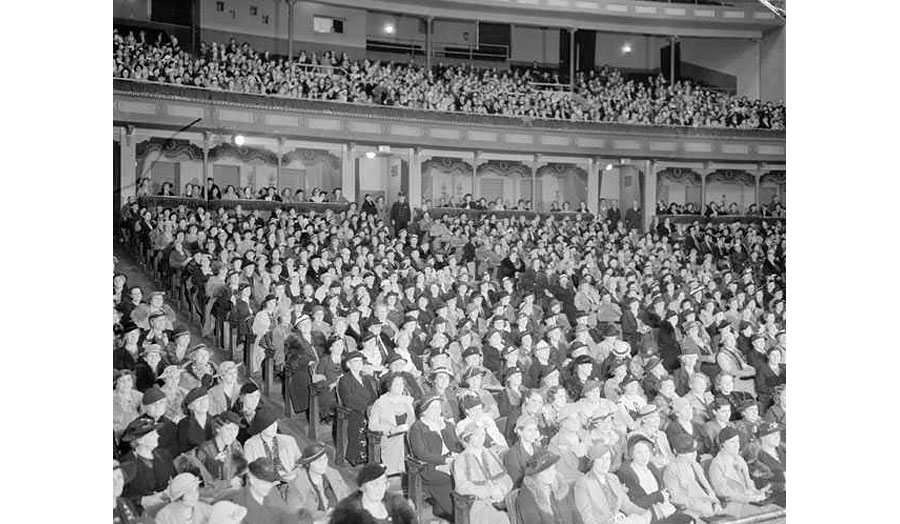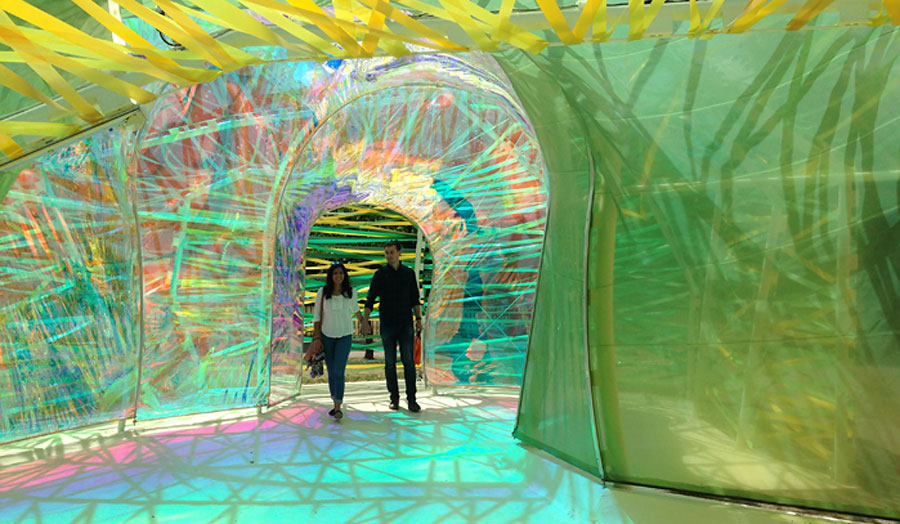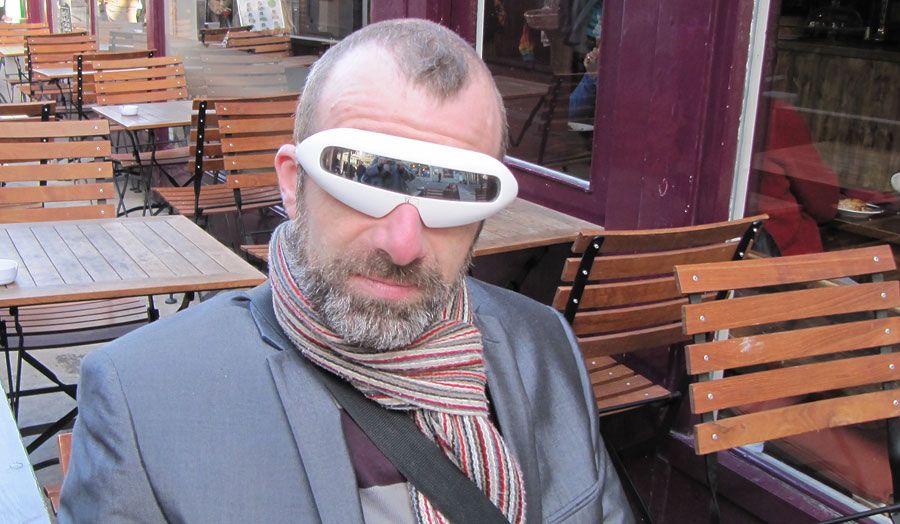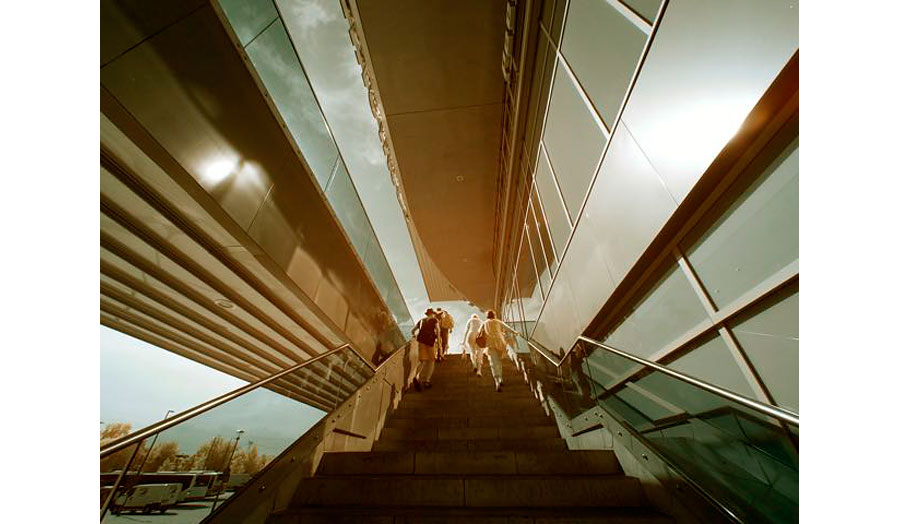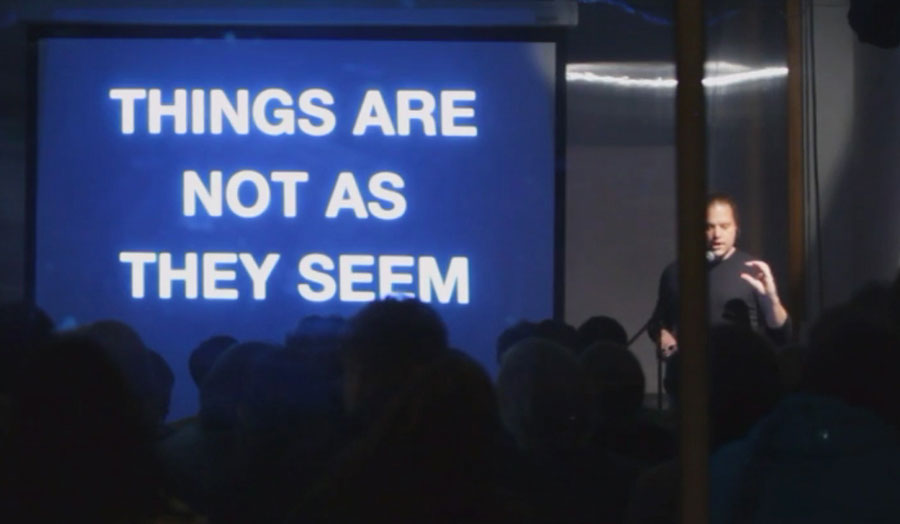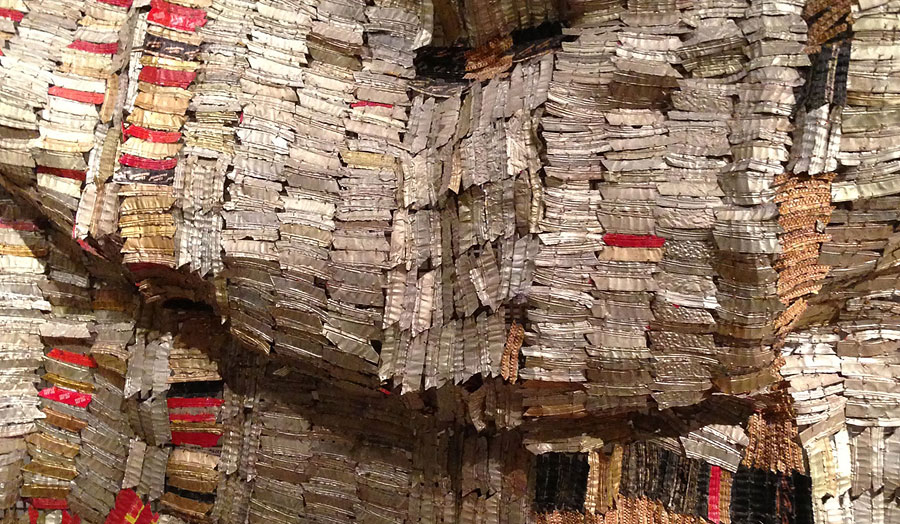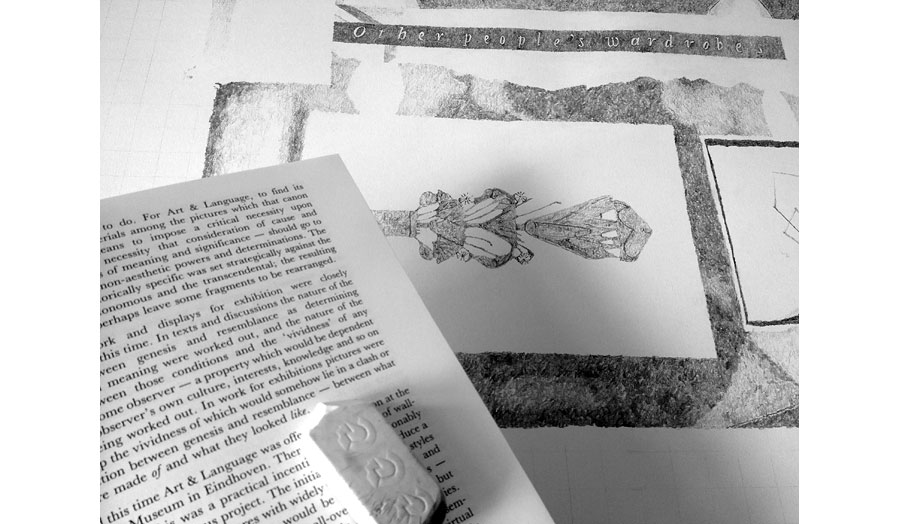Studio brief
Contemporary culture comes at us with alarming speed and often fades from prominence just as quickly - films, music, graphics, illustrations, novels, documentaries, news, apps, art, TV, online, ‘controversies’, fads, crazes, technologies, etc – we are bombarded by ‘information overload’. So can we take one or two interesting specific examples/themes and consider them in more detail; explore what they say about our present in order to try to understand our culture and ourselves? We might track back to find precedents and comparisons ‘in history’ but mainly in order to enlighten our current moment.
[Merely for comparison - previous starting points in this field have included: deconstructing U2’s latest release image – a man hugging a naked boy and all that might engender; the internet as a ‘mega-brain’; retro—how ‘now’ is often styled after ‘then’; the plausibility of ‘green-signifiers’ in health-food packaging; the ‘mole-skin’ diary as designer-chic; riots in media-coverage; Chion’s sound theories applied to documentary; the ‘Madonna/Whore’ complex in The Sopranos; graphic grids, desire-paths-and the grid of the city; ‘rebellion’ as a warning sign...]
As an example question: Why does Iggy Pop’s Lust For Life get used for an Old Person’s Holiday Cruise ad? If you took this as a starting point you would have a rich field - advertising to ‘the old’; conceptual mismatches, TV advertising semiotics, the use of pop songs in advertising, ‘the grey pound’ and leisure time, how the elderly are portrayed in the media [if at all], Iggy Pop’s image as used in advertising; medication and the elderly etc.
Over the summer:
- You might want to find and document three examples of such current phenomena that interest you.
- Have a skim through Roland Barthes’ Mythologies and/or The Eiffel Tower to see how he thought about ordinary phenomena in his time.
- Look at newexhibitions.com and spend a day seeing free shows for inspiration. We invite you to become ‘excavators of the present’.
First seven weeks of study
- Week 1: Intro seminar and talk + discussion of proposal
- Week 2: Paragraphology/The Line 1 – talk + practical session on working with text
- Week 3: Film-viewing/Music-listening session
- Week 4: Relevant trip/visit/activity
- Week 5: De-Coding Image/text and sound–talk + practical session
- Week 6: Paragraphology/The Line 2 –talk + practical session on working with text
- Week 7: Deconstructing image/text /sound-presentations by students
Reading list
- Michel Chion, Audio-Vision : Sound on Screen (Columbia University Press, 1994)
- The Spoken Image : photography and language, ed. by Clive Scott (Reaktion Books, 1999)
- Roland Barthes, The Eiffel Tower and other mythologies (University of California Press, 1997)
- Pop Fiction: The Song In Cinema, ed. Matthew Caley and Steve Lannin (Intellect Press, 2005)
- Judith Williamson, Decoding Advertisements: Ideology & Meaning in Advertising (Marion Boyars, 2010)
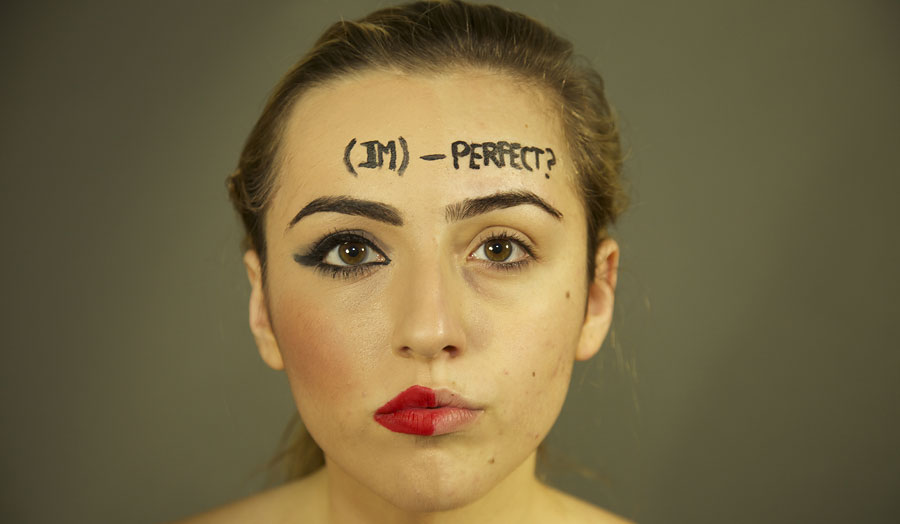
Details
| Tutor | Matthew Hobson |
|---|


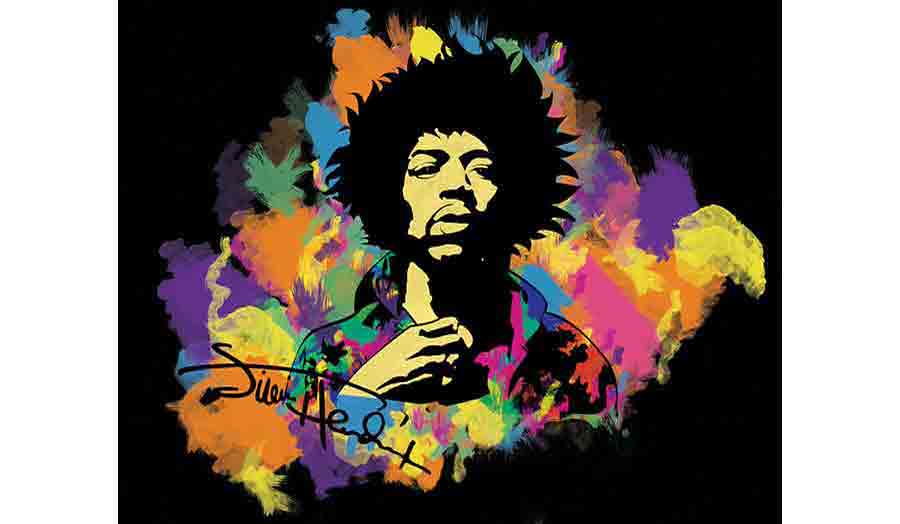
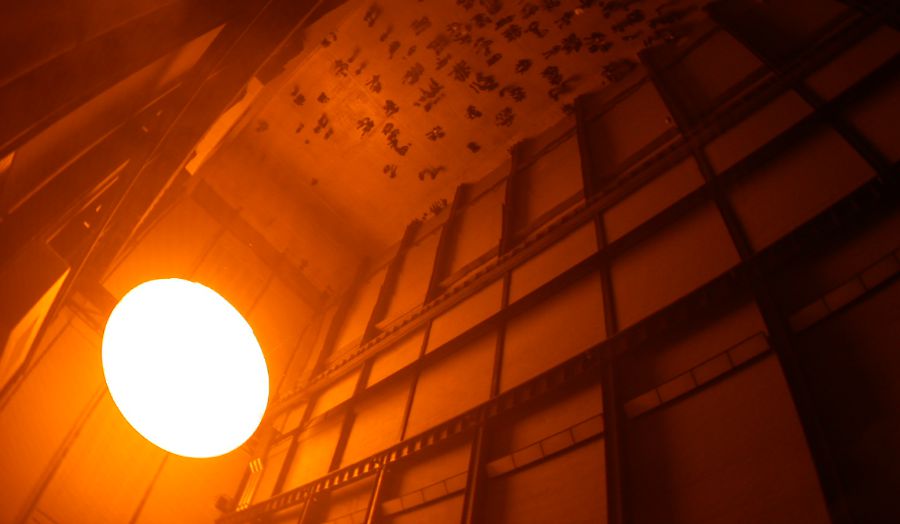
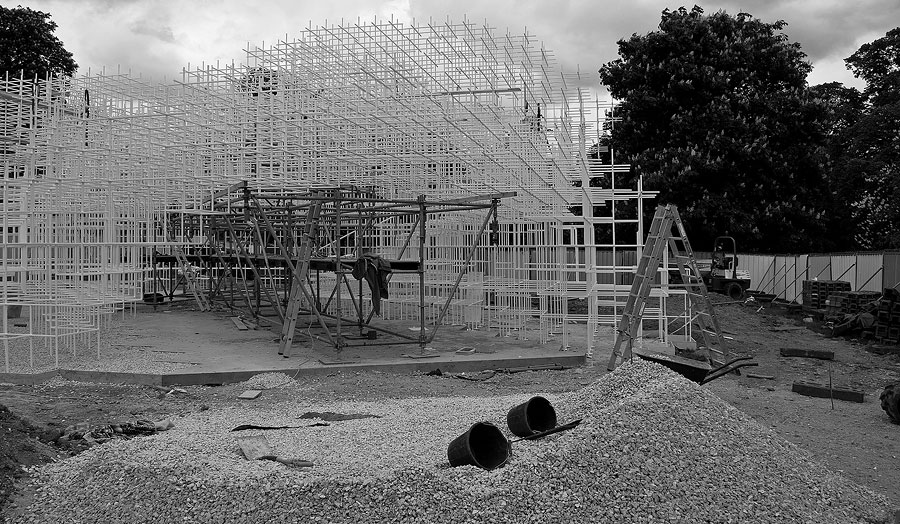
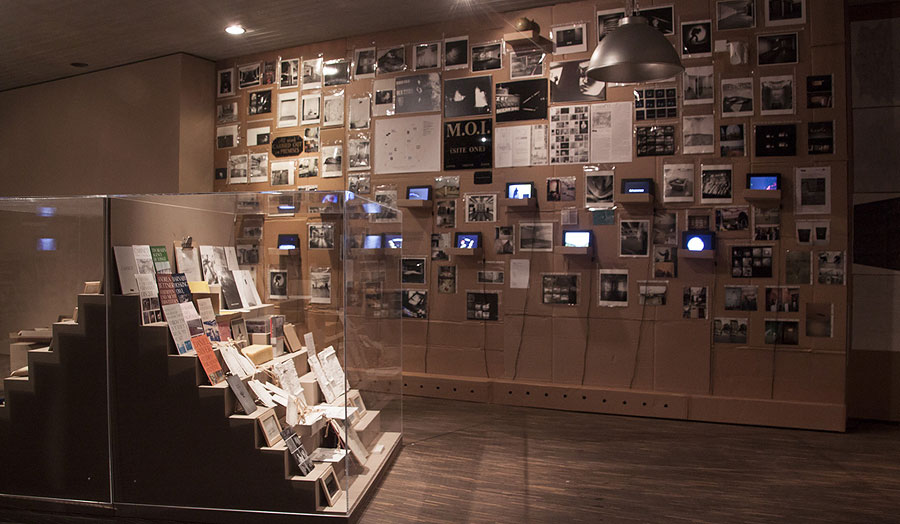
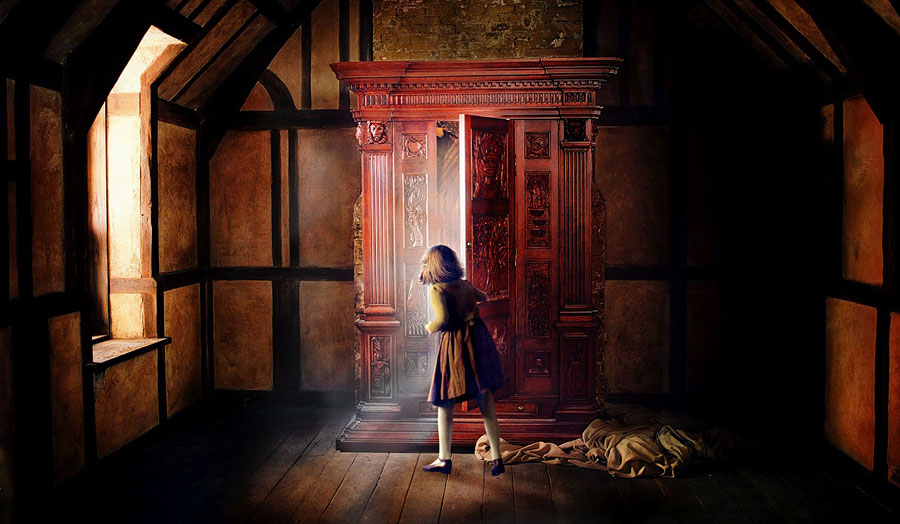

-(1).jpg)
